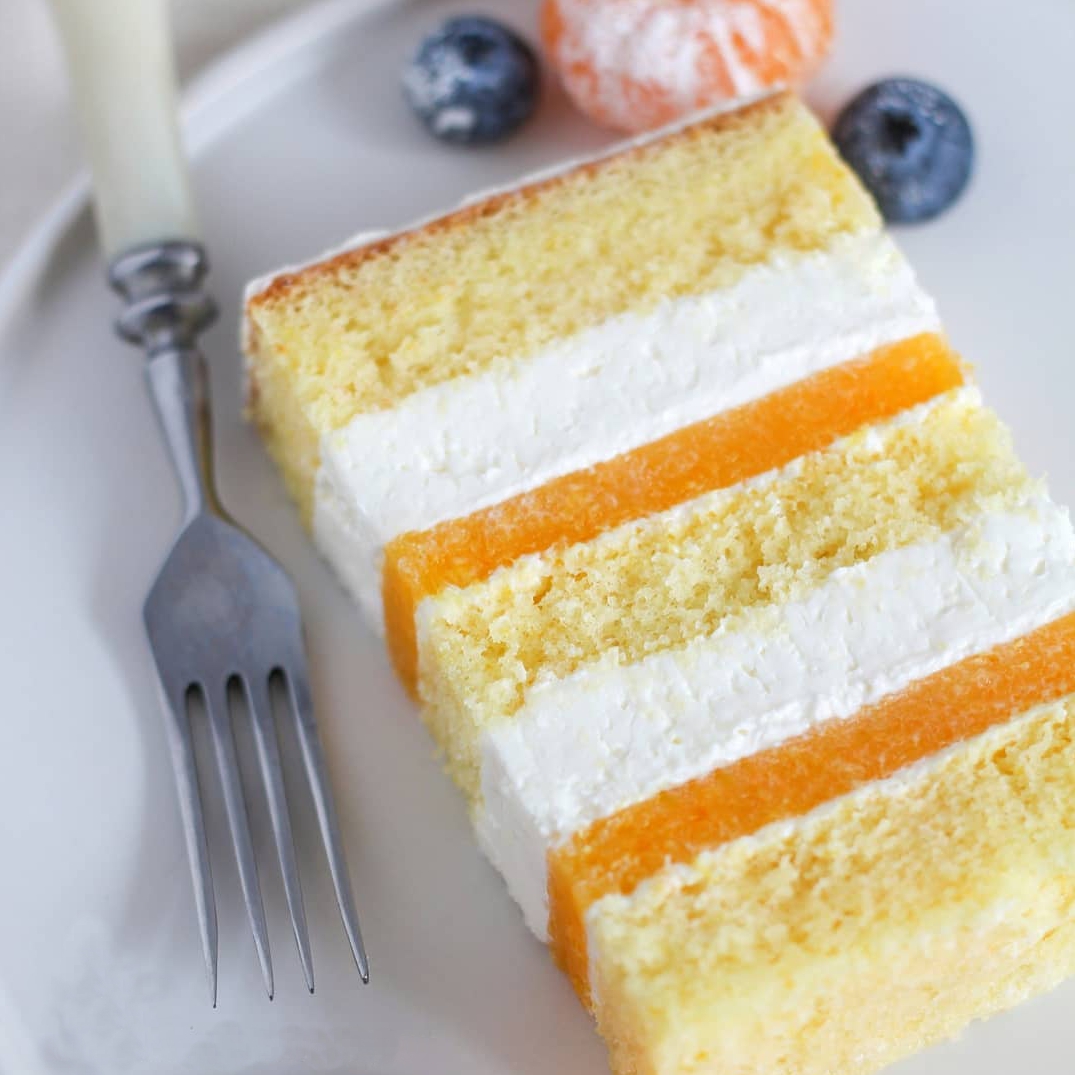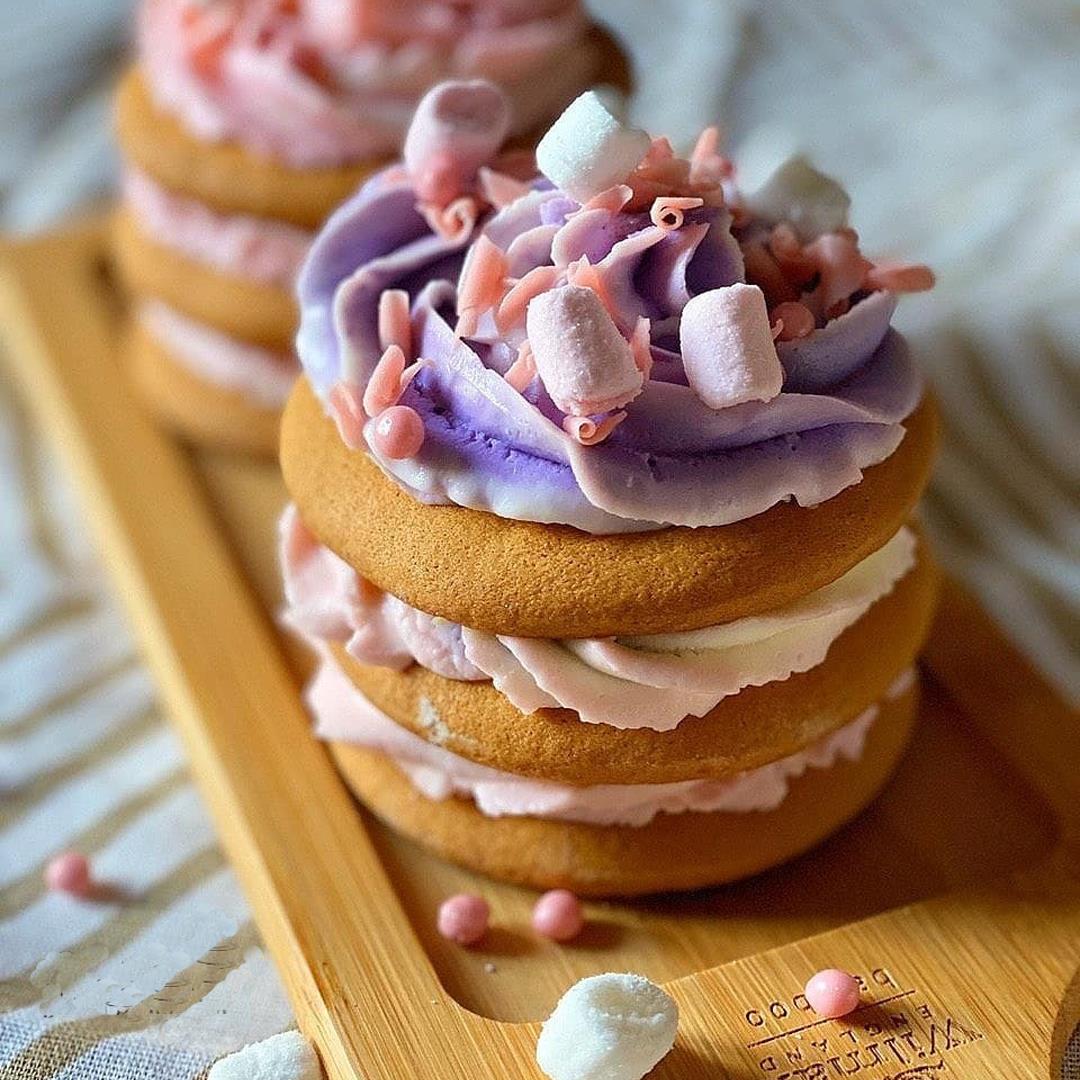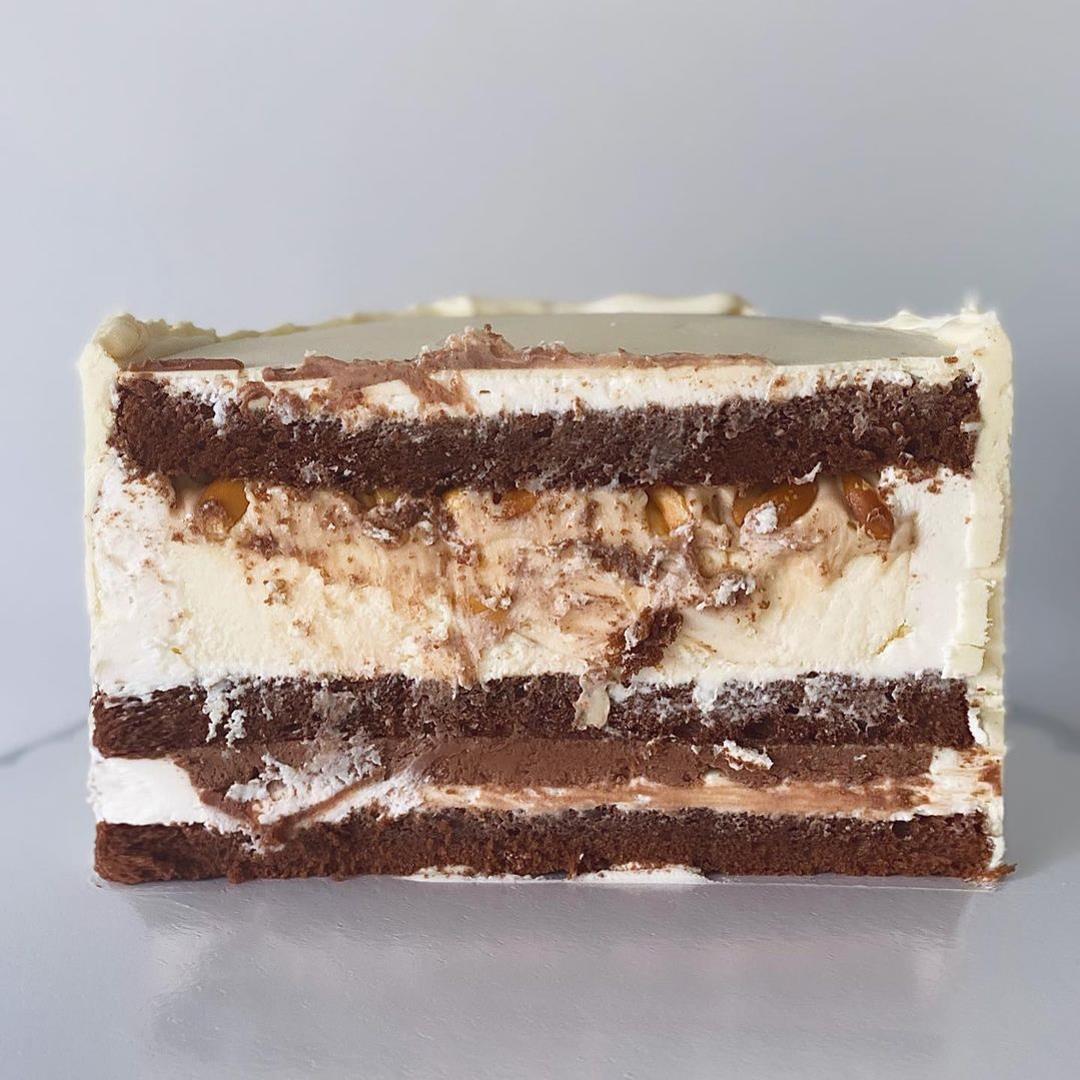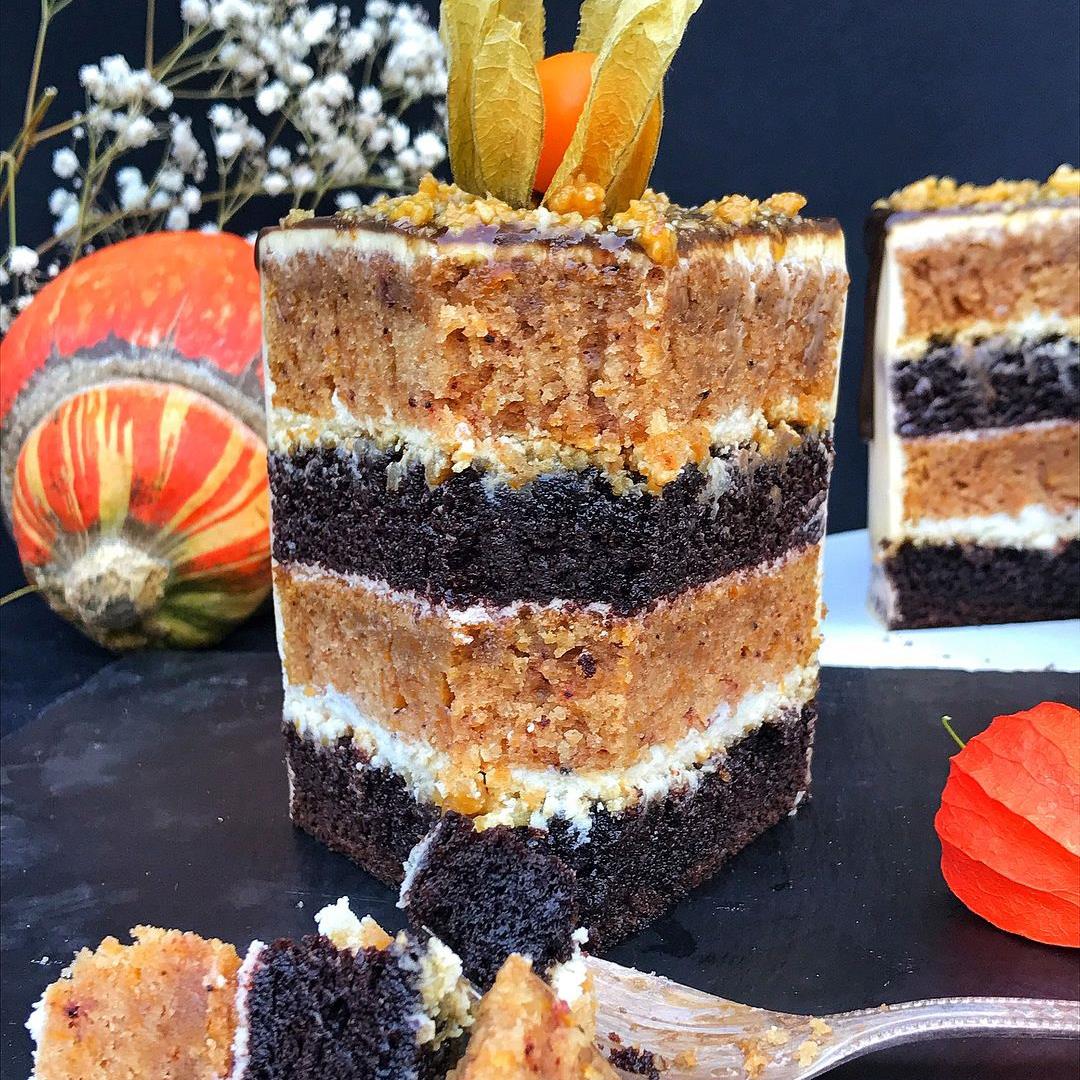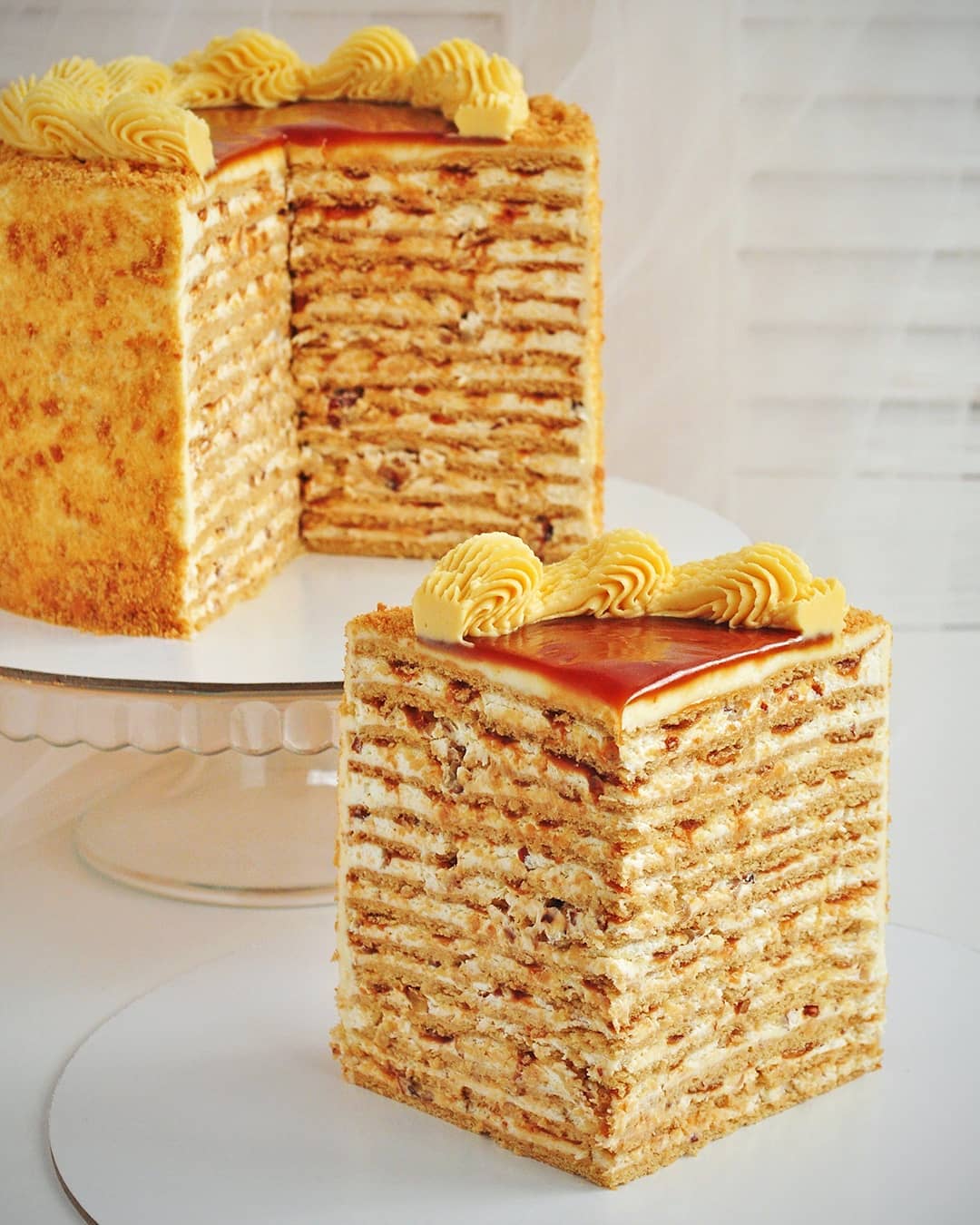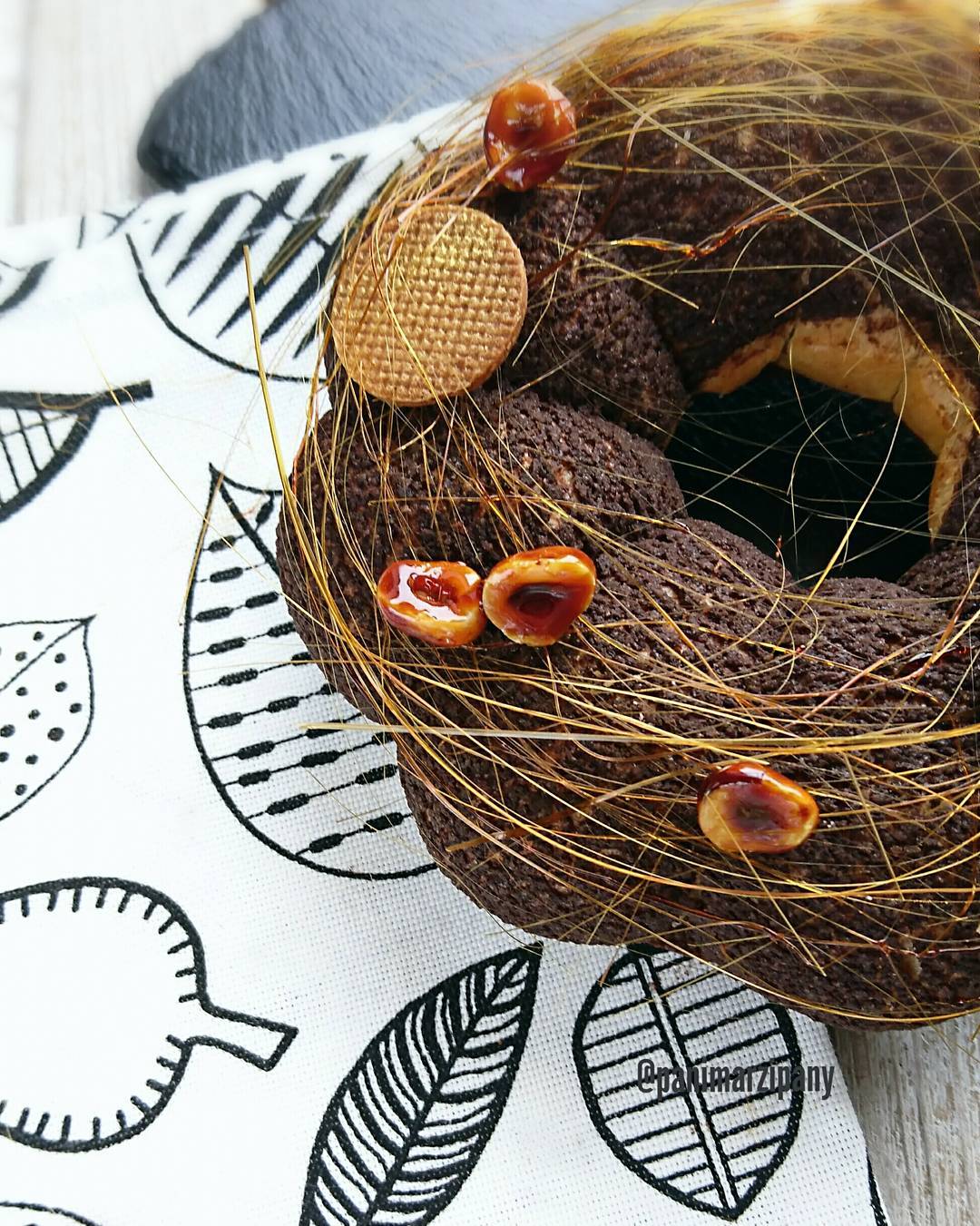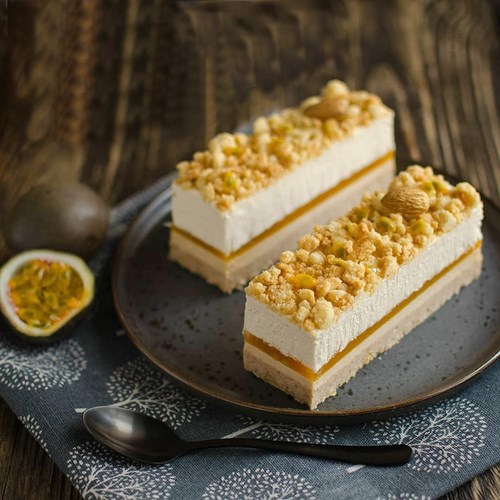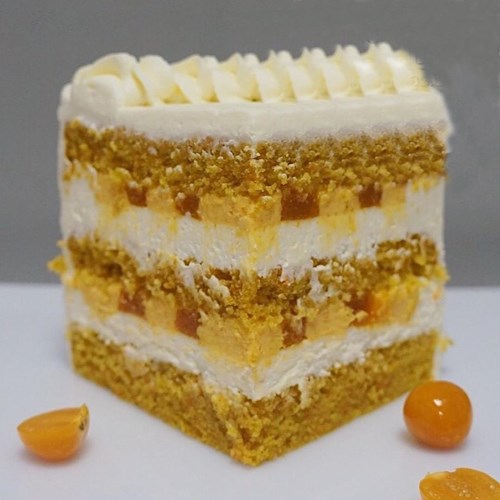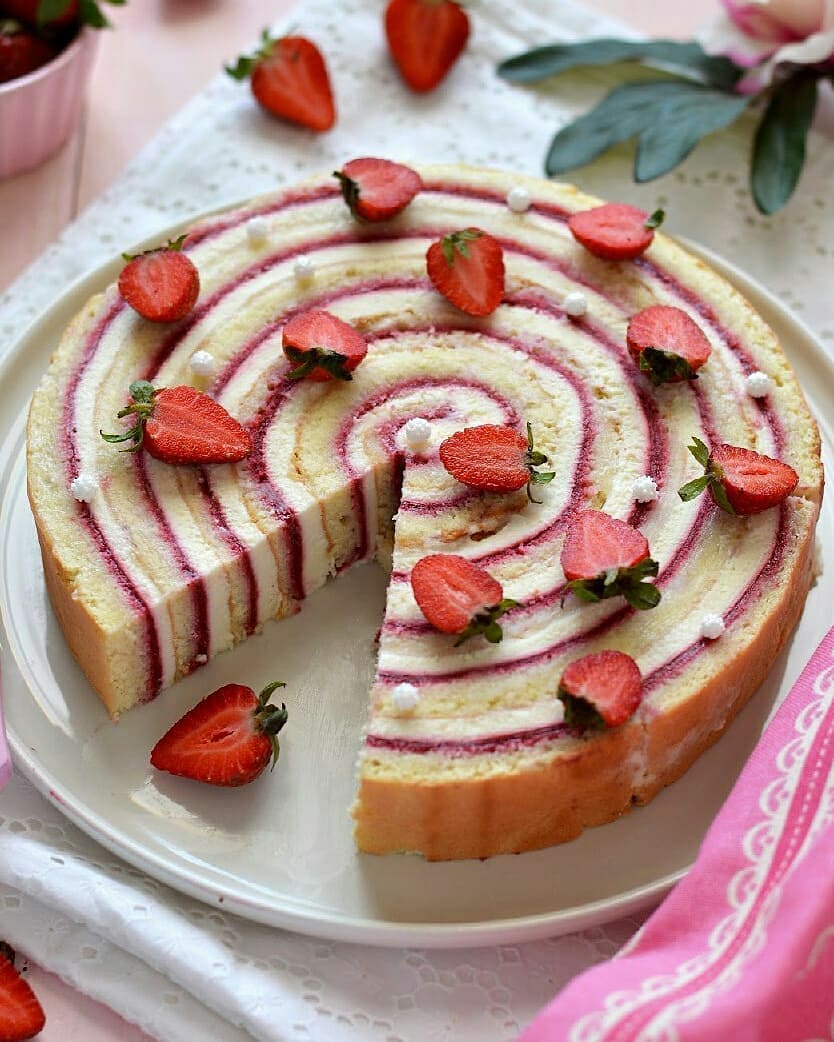Ingredients
Sponge Biscuit
Orange Soaking
Filling
Custard
Instructions
Step 1
Step 2
Step 3
Step 4
Step 5
Step 6
Step 7
Step 8
Step 9
Step 10
Step 11
Step 12
Step 13
Step 14
Servings
Equipment
Ensure you have at least two mixing bowls: one for dry ingredients and another for wet ingredients. Stainless steel bowls are ideal as they help keep ingredients at the right temperature.
A sturdy hand whisk is essential for mixing ingredients smoothly and incorporating air into your batter for a light, fluffy texture.
Using a silicone spatula allows for gentle mixing and scraping down the sides of the bowls, ensuring no mixture is wasted.
This helps to sift dry ingredients, avoiding any lumps in your batter. A must-have for achieving a light, airy sponge cake.
A 16 cm (6.3 inch) baking pan is perfect for this recipe. Make sure to line it with parchment paper to prevent sticking.
Essential for checking the doneness of your sponge cake. If it comes out clean, your cake is ready to cool.
Variations
Faq
- How do I know if my sponge biscuit is ready?
Insert a wooden skewer into the center of the sponge. If it comes out clean, it’s ready. If there’s batter on the skewer, give it a few more minutes.
- Why did my sponge cake collapse?
This can happen if the oven door was opened too early during baking or the batter was over-mixed, causing it to lose air.
- Can I use regular sugar instead of powdered sugar for the custard?
Powdered sugar is recommended because it dissolves more easily, giving you a smoother, creamier texture.
- How do I prevent my sponge cake from sticking to the baking pan?
Line the bottom of the baking pan with parchment paper and lightly grease the sides to ensure easy release.
- Can I make this pastry ahead of time?
Yes, this pastry can be made a day in advance. Store it in the fridge and ensure it's well-covered to maintain its texture and flavor.
- How can I stabilize the whipped sour cream for the custard?
Draining the sour cream overnight through a gauze-lined sieve helps to remove excess whey, resulting in a thicker, more stable whipped mixture.

